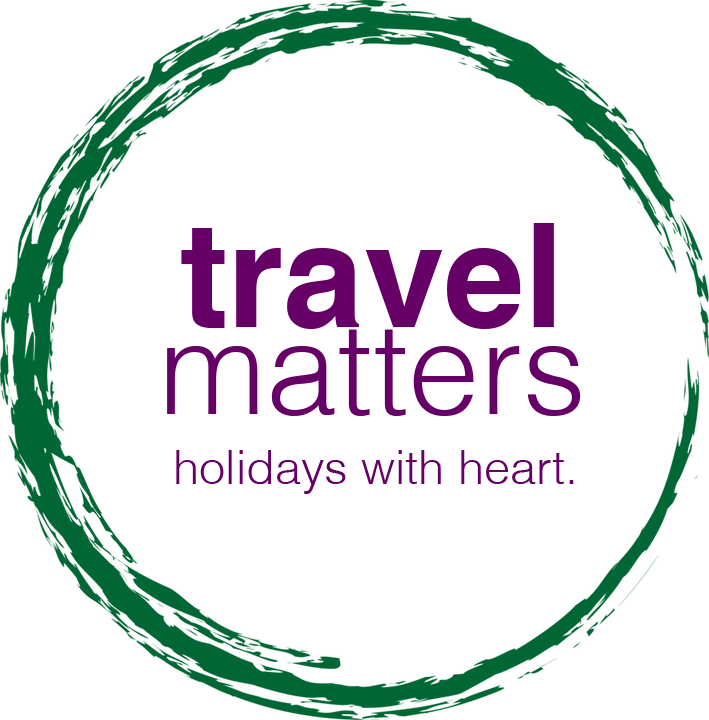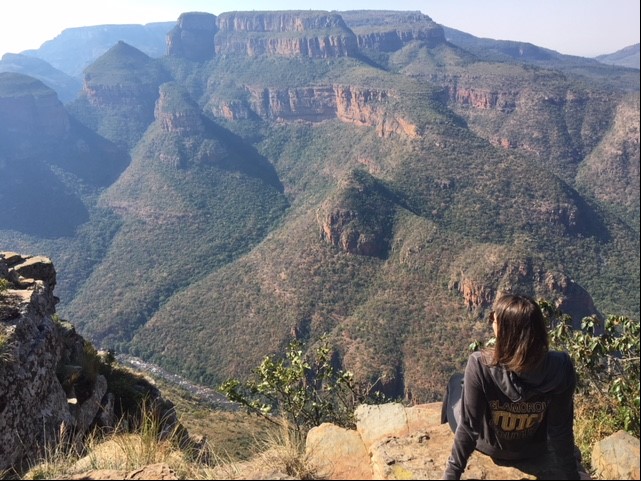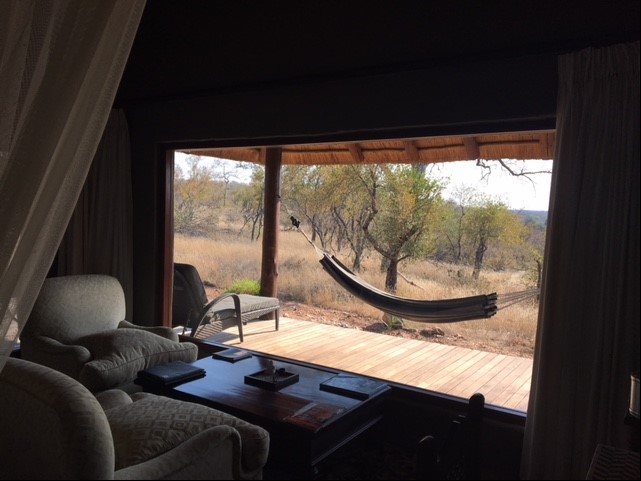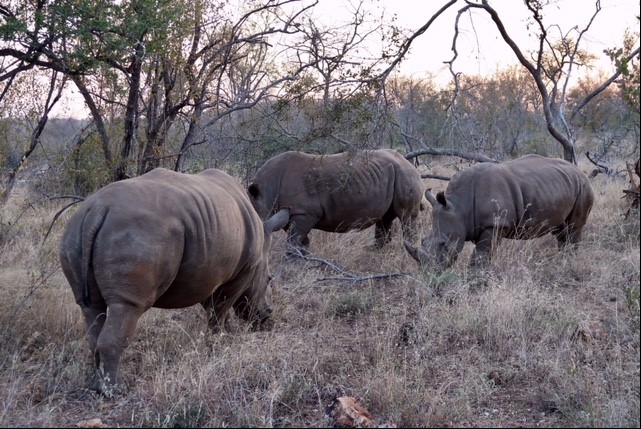There is no denying that South Africa is one of the most spectacular countries in the world. Distances are vast covering areas that not only differ in terrain, but also in climate and flora and fauna. And there is no better way to discover a country than on a road trip.
My husband and I have just returned from the most magical trip to the country having covered over 5,000 km. It was incredible to see how the country was slowly changing along the way from Cape Town to Johannesburg.
I’m always curious to see what countries look like outside the busy season. My conclusion is that South Africa in our summer months (their winter) is not only not lacking in anything but in many ways provides a superior experience.
The easiest answer is that rates are much more attractive and crowds are greatly reduced. The foliage is not as thick and allows for a better wildlife viewing. In their winter months the risk of malaria is significantly lower. In fact, I haven’t seen any mosquitoes at all! Winter is also the time when most snakes are hibernating. The last but not the least, the weather is very pleasant. During the day the temperatures in Kruger park area can go as high as 25-30 degrees, which is much preferred to 40 degrees that you would get in summer months.
Temperatures do drop as soon as the sun goes down but then you will be welcomed by a merry fireplace upon arrival from your game drive.
Since South Africa is such a big country, it is very difficult to cram all the information in so I decided to split my blog in two, writing about Eastern and Western capes separately.
We started our Eastern cape adventure with a stay at the Fugitive’s Drift Lodge. Traveling is extremely educational and some accommodation can be not only comfortable and gorgeous but also an experience in itself. One of them is definitely Fugitives' Drift Lodge and Guest House. Just wow! I wasn’t so impressed in a long time! It is THE place to stay if you want to learn more about the Anglo-Zulu War. I went on their Rorke’s Drift battle tour, the battle immortalised by the film Zulu. The talented guides will paint such a vivid picture of the events that it will leave you deeply moved. The accommodation varies from very comfortable and affordable to luxurious and all options have terraces with spectacular views. Guests are encouraged to explore the extensive grounds. It is very safe as they have no predators, but you are guaranteed to meet giraffes, zebras, kudus and impalas.
Our next stop was the kingdom of Swaziland or Eswatini as it is now known. I was really gutted that we only had one night to spend in this little country. Swazis are known for loving their king and why wouldn’t they? The country is extremely well run. As soon as you enter you see anti-corruption posters. The country is extremely clean, there are bins everywhere as well as signs urging people to keep the country clean. In addition, litter pickers clean the streets every morning. From what I have seen, Swaziland is a good producer of timber, but they do not just hack out all their forests without thinking about tomorrow. They plant special timber types and once one area gets cleared out they re-plant it with new young trees, so that they have a constant supply. The country itself is beautiful and people are just so helpful and smiley. The standard of living is good for Africa but if you go off the beaten track inland you will still find these charming traditional mud huts.
Swaziland is known for its safaris and culture, but not many people know that around Pig’s Peak you can also find ancient rock paintings. The Nsangwini Rock Shelter is the largest example of San art in the country and is said to provide the most comprehensive display in Swaziland.
4000 years ago, the San people used this Highveld area for spiritual rituals and for recording iconic moments in their lives through etchings on the ancient rocks. The paintings are remarkably clear and informative interpretations are given by members of the Nsangwini community, who manage and maintain the site.
The drive to the place is spectacular, mostly on orange soiled forest roads dotted with local houses.
The next day we made our way to the town of Graskop which serves as a gateway to the beautiful Panorama Route. It must have been one of our favourite places in South Africa. Allow at least two days to explore as the sites are numerous and the views are just to die for! The most notable stops are The God’s Window, Three Rondavels Viewpoint and Bourke’s Luck Potholes.
No trip to South Africa is complete without a safari and we managed to experience it two different ways, both with an experienced guide and a self-drive at the Kruger national park.
First, we spent two unforgettable nights at the Garonga Safari camp, situated in the Makalali Conservancy. The camp consists of the main camp with just six luxury tents as well as the Little Garonga offering three luxury suites, and that’s where we were very lucky to stay.
Safari drives always involve a fair share of luck and boy did we get lucky on our very first drive, where we witnessed a pride of lions devouring a giraffe with hyenas and vultures waiting for their turn nearby.
Or how about three rhinos grazing peacefully right in front of our jeep?
If you can’t afford to stay in a luxury lodge but are still keen to see wildlife, self-drive in Kruger is an excellent option. It is safe and easy, once you follow all the instructions. Or you can arrange a game-drive with a local guide at the reserve. Expect to see tons of zebras, kudus, impalas, elephants and giraffes. Wildebeests, rhinos, lions, buffalos and hippos are relatively easy to spot as well, but you may need to go several times. As always cheetahs and leopards are very elusive, but you are very likely to see them if you spend a few days there.
Our last stop before heading home was Johannesburg, also known as Joburg, Jozi and the City of Gold. The city that wasn’t supposed to be there if it were not for the discovery of gold, but now the second biggest city in Africa after Cairo. Impressive considering it is only over 120 years old. It is away from any source of water and is also relatively high at 1753 meters giving some people slight altitude sickness. These days the water to the city comes all the way from the mountains of Lesotho around 300 km away. Johannesburg is also home to the Cradle of Humankind.
We stayed at the Four Seasons the Westcliff. Having had a tour of the city, I don’t think you can be located in a better position. The area is safe, green and provides excellent views. The hotel is an oasis of calm and luxury in this hectic city. Having a glass of wine on the balcony and enjoying the views and the sun was such a bliss! As always, the service and the standard of accommodation was impeccable! Highly recommended.
Look out for the part two of my blog!
Maryna travelled to South Africa in June 2018. You can speak to her in the agency from Monday to Friday.










